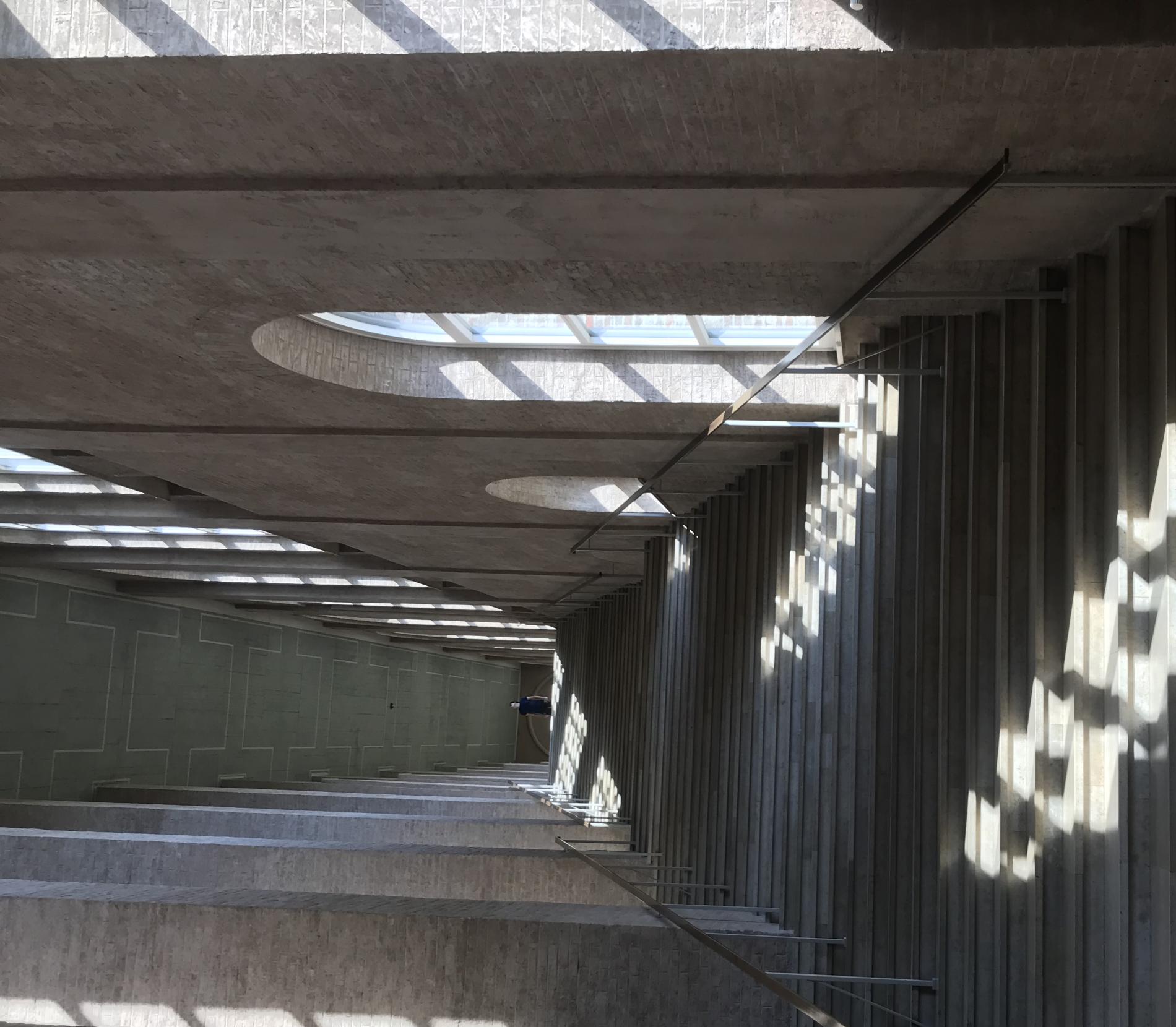
Rethinking Designing the Social
Pre-war functionalism, post-war humanism and recent post-humanism share a belief in Designing the Social. In the 1980s, Women’s Studies in Architecture, TU Delft, which arose from the second feminist wave, questioned this idea of social engineering. Architecture and urban design may offer many possibilities, but will never really fit social ambitions, let alone be socially sustainable. The exemplary history of housing and urban design in the Netherlands – showing both mainstream and experimental projects – offers us that insight. This is due to the different pace of change of the spatial and the social. Moreover, the social, the feminist demands, turned out to be rather diverse: a variety of interests is at stake.
Hence the epistemological challenge was taken up to systematically consider, on the one hand, what architecture and urbanism are capable of, and, on the other hand, what is meant by women’s interests. Inspired by anthropologists, historians, and architectural theorists, Women’s Studies has proposed an approach in which the habitat, architecture and city, and the habitus, the doings of people in rituals that take place in the home and the city, are analyzed side by side as independent fields of science.
Architectural-historical and urban-anthropological studies, of Simon Stevin’s 17th century architectural treatise and the everyday events of the Roman neighborhood of Testaccio respectively, have subsequently led to the understanding that matter and empirical knowledge play a crucial role in the ways in which habitat and habitus interact. This reveals the contours of the designer as reflective practitioner, able, like a contemporary Vitruvius, to grasp the material and the cultural in their mutual dependence.


